- Have any questions?
- +380 (50) 50 73 903
- uapothecary.pharmacy@gmail.com
Rinazoline nasal spray 0.5 mg/ml bottle of 10 ml
Original price was: $17.49.$15.89Current price is: $15.89.
Rinazoline Nasal Spray is a fast-acting decongestant formulated to provide effective relief from nasal congestion caused by colds, allergies, and sinusitis. Each 10 ml bottle contains a 0.5 mg/ml concentration of the active ingredient, designed to quickly reduce swelling and open up the nasal passages for easier breathing.
Rinazolin is an anti-edematous drug for local use in diseases of the nasal cavity.
Indications for use
- Acute rhinitis.
- Allergic rhinitis.
- Attacks of non-infectious vasomotor rhinitis.
- To restore drainage and nasal breathing in diseases of paranasal sinuses, eustachianitis associated with rhinitis.
- To eliminate swelling before diagnostic manipulations in the nasal passages.
Composition
- active substance: oxymetazoline;
- 1 ml of solution contains 0.5 mg of oxymetazoline hydrochloride in 100%;
- auxiliary substances: benzalkonium chloride, polyethylene glycol, sodium dihydrogen phosphate dihydrate, disodium phosphate dodecahydrate, propylene glycol, povidone, purified water.
Contraindication
- Hypersensitivity to oxymetazoline or any other component of the drug.
- Atrophic rhinitis.
- Do not use after transsphenoidal hypophysectomy or other surgical interventions with exposure of the meninges.
- When using monoamine oxidase (MAO) inhibitors and within 2 weeks after stopping treatment with MAO inhibitors, and when using other drugs that contribute to an increase in blood pressure.
- Increased intraocular pressure, especially in angle-closure glaucoma.
- Severe forms of cardiovascular diseases (for example, coronary heart disease) and arterial hypertension.
- Pheochromocytoma.
- Metabolic disorders (for example, hyperthyroidism, diabetes).
- Hyperplasia of the prostate gland.
- Porphyria.
Adverse reactions
From the side of the nervous system. Very rarely: restlessness, insomnia, increased fatigue (drowsiness, sedation), headache, hallucinations (especially in children).
From the side of the cardiovascular system. Rarely: palpitation, tachycardia, arterial hypertension. Very rare: arrhythmias.
From the side of the respiratory system. Common: discomfort in the nose (for example, burning) or dryness of the nasal mucosa, sneezing. Infrequently: after the effect of using the Rinazolin® drug ends, a feeling of severe nasal congestion, nosebleeds. Very rare: apnea in infants and newborns.
From the musculoskeletal system. Very rarely: convulsions (especially in children).
From the side of the immune system. Uncommon: hypersensitivity reactions (angioedema, rash, itching).
Method of application
Immediately before using the drug, the bottle should be held in the palm of your hand to warm it to body temperature. Before the introduction of the drug, it is necessary to clean the nose thoroughly. During use, hold the bottle vertically, with the sprayer up. Before use, remove the protective cap of the bottle, place the tip of the nozzle in the nasal passage, squeeze the bottle with a short sharp movement and, removing the tip from the nose, squeeze it. During the injection, it is recommended to inhale slightly through the nose.
Adults and children over 6 years old – 1 injection into each nasal passage 2-3 times a day. A single dose should not be used more than 3 times a day and for longer than 5-7 days. Do not use doses higher than recommended.
The drug can be used again only after a few days.
Features of application
Use during pregnancy or breastfeeding
During pregnancy or breastfeeding, use the drug with extreme caution. Exceeding the recommended dosage is not allowed.
Data on the penetration of oxymetazoline into breast milk are unknown. The drug should be used during breastfeeding in case of a careful assessment of the benefit-risk ratio. During breastfeeding, the recommended dosage should not be exceeded, as an overdose can reduce the amount of breast milk in a woman.
Children
Assign to children aged 6 and over.
The ability to influence the speed of reaction when driving vehicles or other mechanisms
After long-term use of the drug in doses exceeding the recommended, a general effect on the cardiovascular system cannot be excluded. In such cases, the ability to drive a vehicle may be reduced.
Overdose
After a significant overdose or accidental ingestion, the following symptoms may occur internally: mydriasis, nausea, vomiting, cyanosis, fever, spasms, tachycardia, palpitations, arrhythmia, cardiovascular failure, cardiac arrest, increased sweating, agitation, convulsions, arterial hypertension, edema lungs, respiratory disorders, pallor, miosis, hyposmia, mental disorders.
In addition, there may be depression of the functions of the central nervous system, which is manifested by drowsiness, a decrease in body temperature, bradycardia, arterial hypotension, apnea and the possible development of coma.
Therapeutic measures in case of overdose: gastric lavage, taking activated charcoal, lung ventilation. When lowering blood pressure, use phentolamine. Vasopressors should not be taken. If necessary, anticonvulsant therapy is indicated.
Interaction with other medicinal products and other types of interactions
With the simultaneous use of oxymetazoline with MAO inhibitors of the tranylcypromine type, tricyclic antidepressants and hypertensive agents, an increase in blood pressure is possible. Therefore, these drugs should not be used together.
Storage conditions
Store in a place protected from light at a temperature not higher than 25 ºС.
Keep out of the reach of children.

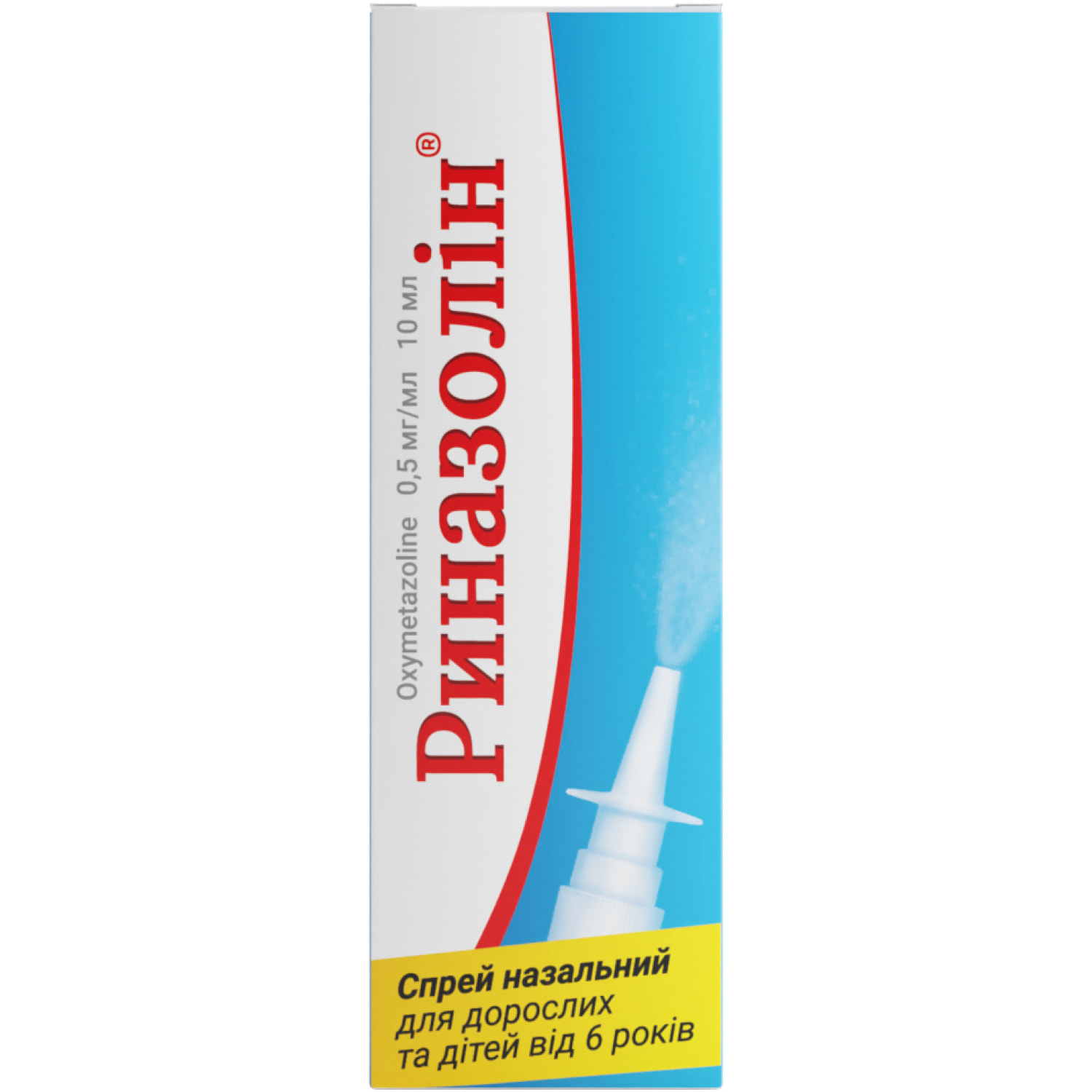

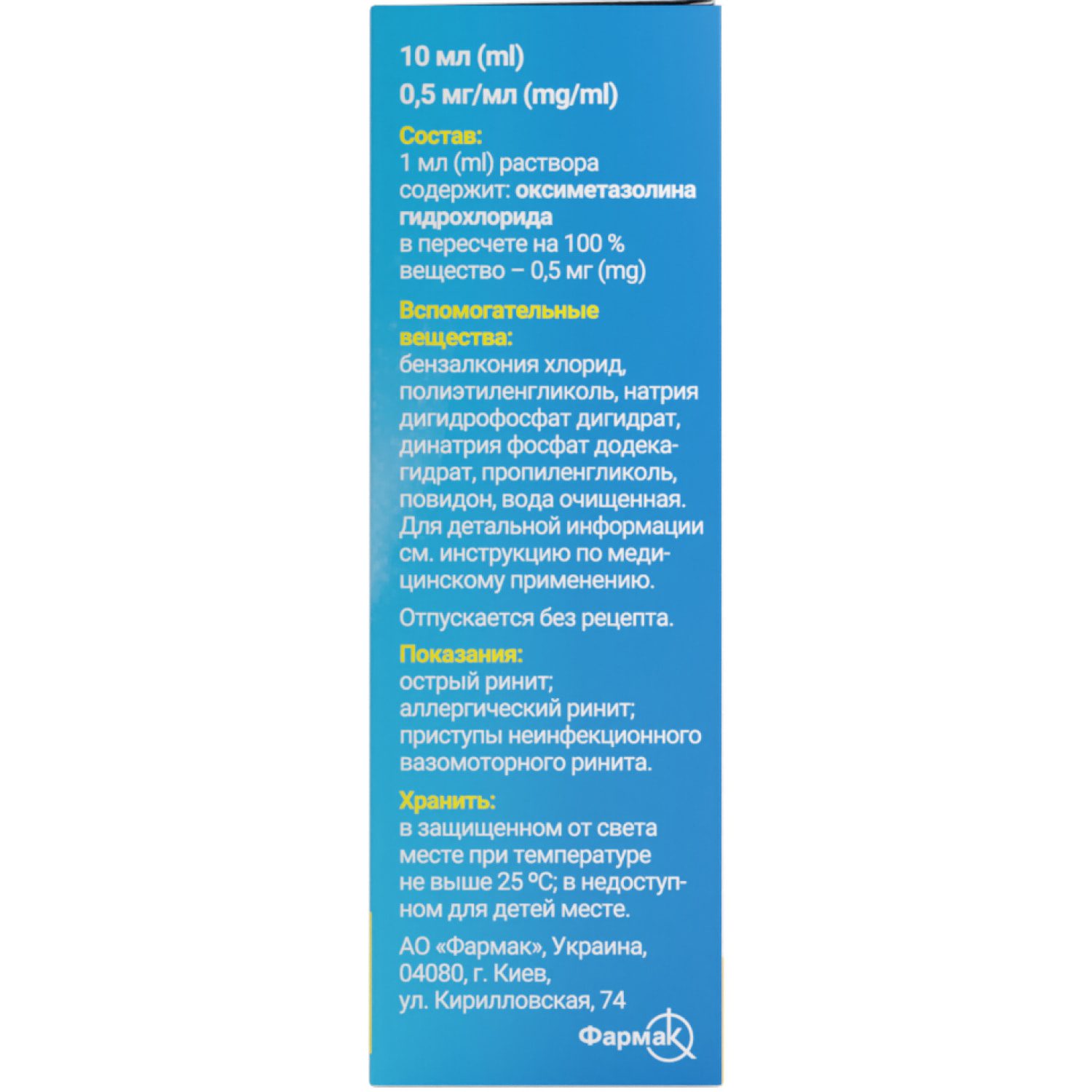
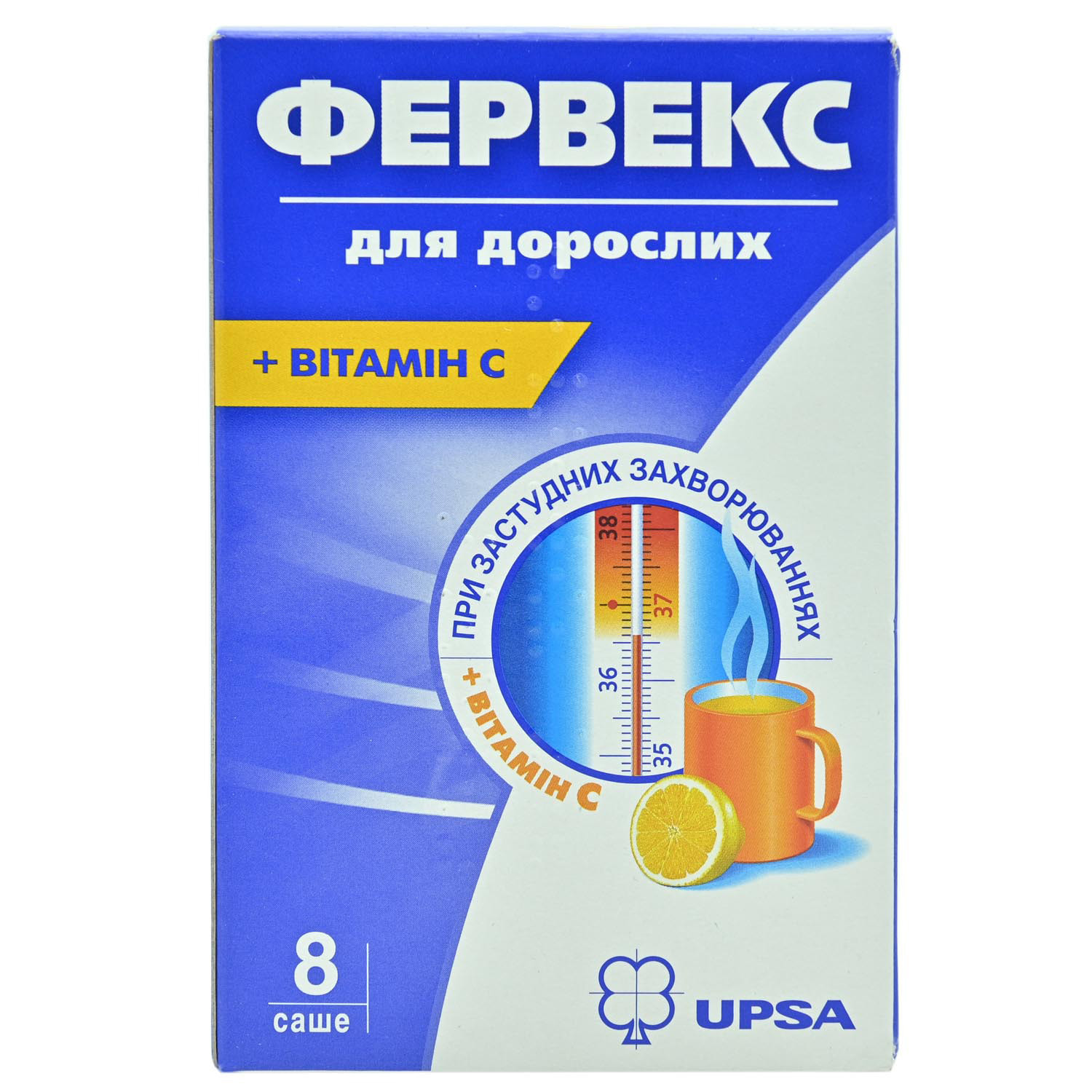
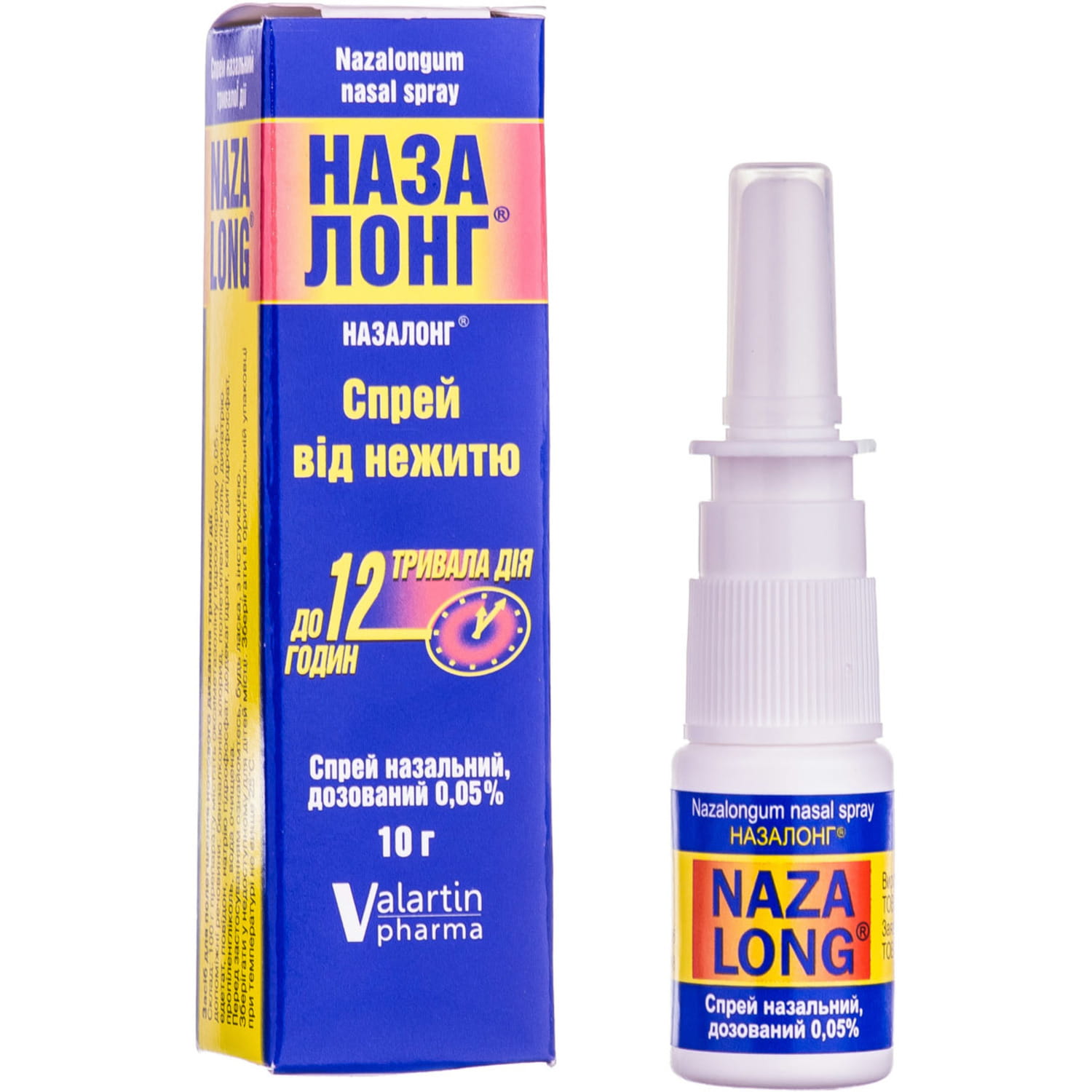

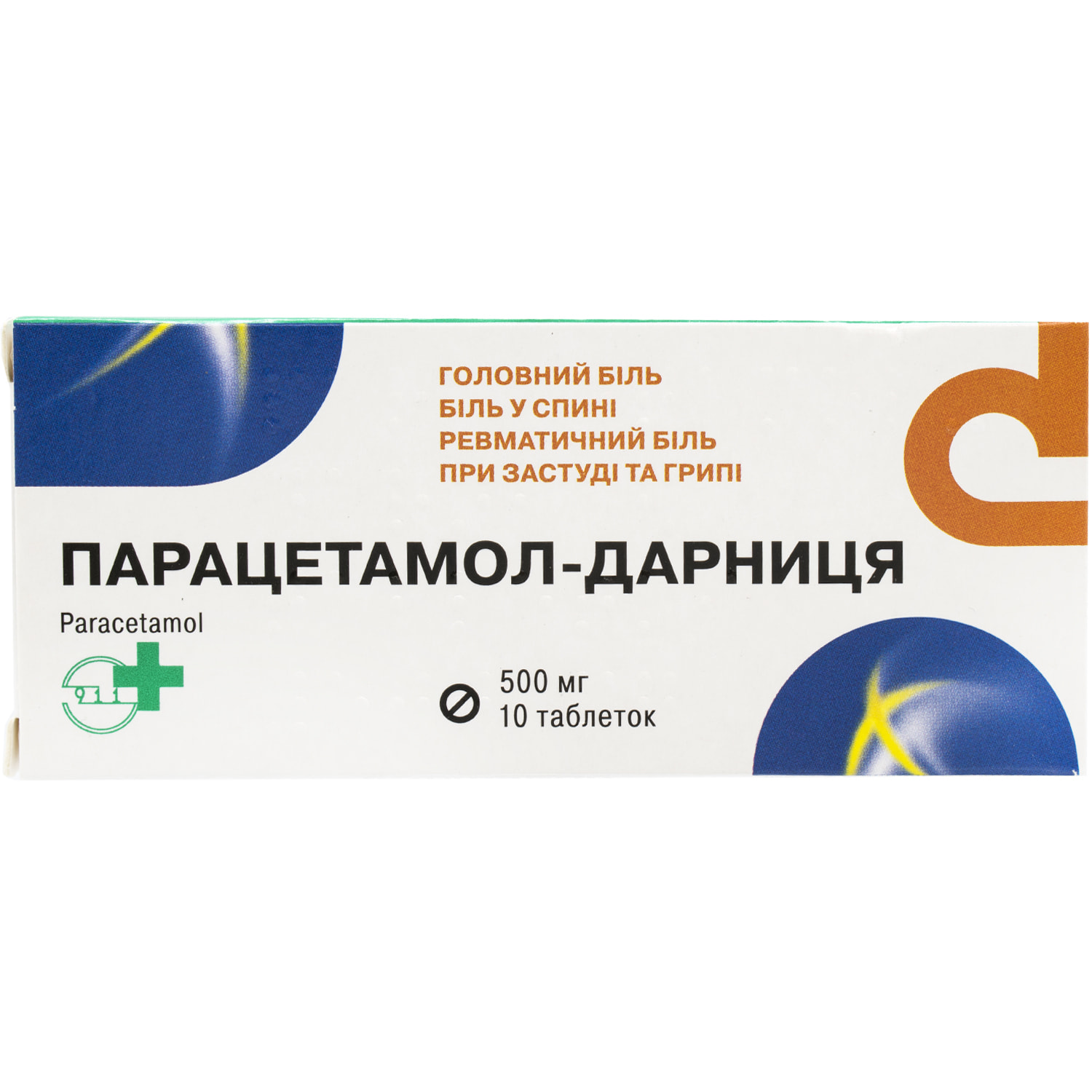
Reviews
There are no reviews yet.